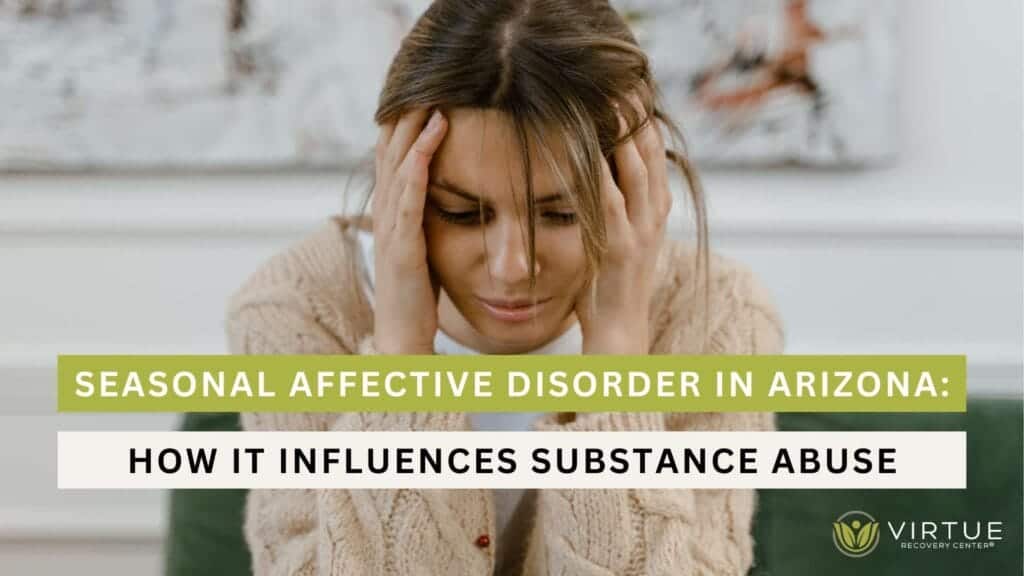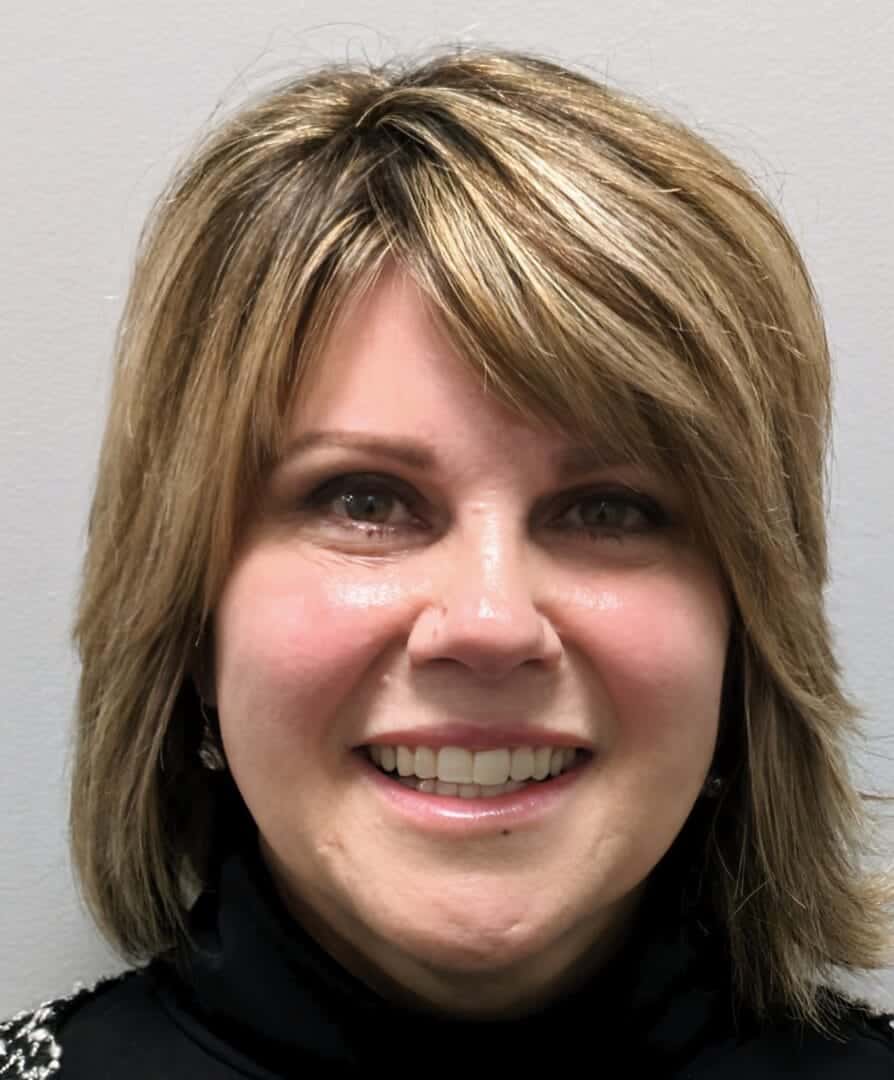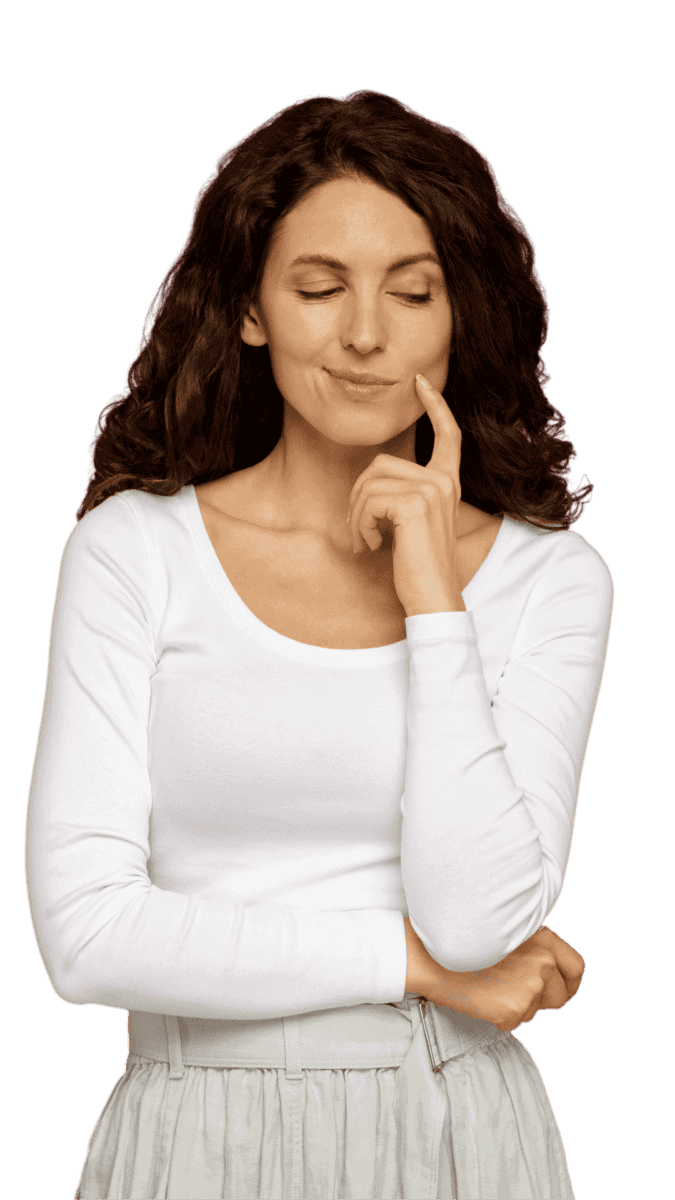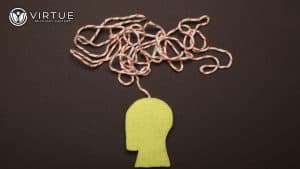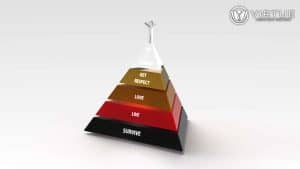Seasons Affective Disorder (SAD) is a type of depression that occurs in association with seasonal changes and is most prevalent during the fall and winter times, especially later in the fall. In AZ, SAD, being a significant cause of mental health issues, might also have a profound effect on substance abuse as people try to use it as a coping mechanism, which is why there is an increased demand for specialized therapy and understanding the risk factors.
With SAD in Arizona being associated with substance abuse, it is essential to comprehend the role of therapy in the management of this depression. This includes cognitive-behavioral therapy as one of the options to deal with the symptoms of SAD. The inclusion of therapy and education about mental health resources in Arizona is essential for the management of seasonal depression and substance abuse and as a pathway to healthier coping mechanisms for affected individuals.
Key Takeaways
- Seasonal Impact: Seasonal Affective Disorder (SAD) notably affects individuals in Arizona during the less sunny months, leading some to turn to substance abuse as a coping mechanism.
- Cultural Sensitivity: The treatment programs for SAD in Arizona are designed to be culturally sensitive, integrating traditional healing practices that are important to the local Native American community.
- Therapeutic Approaches: Effective management of SAD often involves cognitive-behavioral therapy and other methods that address both the psychological and seasonal triggers of the disorder.
- Preventative Strategies: Emphasizing early treatment and lifestyle adjustments like increased light exposure and maintaining a regular schedule can prevent the onset of SAD symptoms.
- Substance Abuse Connection: There’s a significant link between SAD and increased substance use, highlighting the necessity for integrated treatment plans that address both mental health and substance abuse issues.
Understanding Seasonal Affective Disorder (SAD)
What is Seasonal Affective Disorder (SAD)?
Symptoms of SAD
-
Fall and Winter SAD: People sometimes have excessive sleeping, mood swings particularly craving for carbohydrates, weight gain, and they may have less energy. They often suffer from a lack of energy, a feeling of hopelessness, and no longer enjoy everything they used to.
-
Spring and Summer SAD: The symptoms are the inability to sleep (insomnia), the lack of appetite, weight loss, increased irritability, agitation, or anxiety.
-
General Symptoms: In all types of SAD, symptoms include feeling sad or in a depressed mood, loss of interest in things, hopelessness, and trouble with concentration. For some individuals, this can lead to drastic modifications in sleep patterns and food intake, which can cause variations in body weight.
Risk Factors and Causes
-
Risk Factors: SAD often affects women between the ages of 25 and 55 years old. Being with relatives who are suffering from the disease, living at very latitudes where the amount of daylight in winter is very little, and having major depression or bipolar disorder also increases the risk.
-
Biological Causes: Although the cause of the SAD is still under investigation, it is highly probable that it is related to insufficient sunlight. The light disruption may generate a clock malfunction or it may cause a decrease in serotonin (a chemical in the brain which affects your mood), and an increase in melatonin (which disrupts your sleep cycle).
Treatment Options
-
Phototherapy (Light Therapy): The treatment process requires using a lightbox for a certain period of time every day, which resembles natural sunlight and adjusts the circadian rhythms to alleviate the symptoms.
-
Medication: Some individuals may respond well to SSRI antidepressants, particularly SSRIs, especially those who have more severe symptoms.
-
Psychotherapy: Cognitive-behavioral therapy (CBT) can be helpful in treating SAD as it helps individuals to identify and change cognitive and behavioral aspects that might possibly make their condition worse.
Preventive Measures and Support
The Connection between SAD and Substance Abuse
Substance Use and Self-Medication in SAD
-
Self-Medication Tendencies: People with Seasonal Affective Disorder (SAD) have a tendency to self-medicate their depression using alcohol and marijuana. They do so in a bid to get rid of their depressed feelings. This action causes addiction which, in turn, exacerbates the mental health issues that they already have.
-
Alcohol Consumption: Alcohol, which is used not to feel depressed, will help a person to feel a little better at first, but alcohol will intensify the symptoms of depression, and the individual will experience tiredness and sadness much more.
-
Marijuana and Stimulants: The short-term effects of marijuana on depression include mood improvement, but the use of this drug can result in an even worse mood after the effects have worn off. Likewise, stimulants may alleviate fatigue, but they can enhance depression additionally as their effects decrease.
Impact on Mental Health and Substance Abuse Dynamics
-
Complex Interplay: SAD is frequently complicated by substance abuse in relation to mental health dynamics. Such interaction usually aggravates both conditions, thus, making a difficult cycle where one condition deteriorates the other.
-
Increased Vulnerability: It has been noticed that people with SAD are especially prone to addiction. In the winter months, environmental factors, such as reduced sunlight, can compromise their emotional resilience and make them more prone to substance abuse during these difficult periods.
Statistical Insights and Treatment Considerations
- Prevalence and Co-occurrence: Approximately 6% of the population experiences SAD, and those with the disorder are twice as likely to develop a substance use disorder compared to the general population.
- Treatment Approaches: Addressing co-occurring SAD and substance abuse typically involves integrated treatment plans that may include light therapy, psychotherapy, and medication management.
Substance Types and Their Effects
-
Alcohol: Usually, people resort to alcohol as a remedy for their depression, but no matter how temporarily it makes the depression feel better, once the initial effects are gone, it is most likely to result in frequent and severe depressive episodes.
-
Marijuana and Stimulants: These drugs can have a quick effect of SAD symptoms ending but they can make the depression worse when they are stopped.
-
Integrated Treatment: Given that SAD and substance use disorders are interlinked, treatment for both conditions is crucial for long-term recovery and good health.

Impact of SAD on Arizona’s Communities
Despite Arizona’s generally sunny climate, the state experiences unique challenges related to Seasonal Affective Disorder (SAD) that impact its communities in various ways:
-
Effects of Limited Morning Sunlight
- Disrupted circadian rhythms lead to sleep disorders.
- Increased reliance on artificial lighting.
- Higher instances of mood swings and irritability among affected individuals.
-
Summer Challenges
- Increased indoor activities reduce physical health and social interactions.
- Air conditioning dependency heightens utility expenses and environmental impact.
- Challenges in managing heat stress complicate existing mental health issues.
-
Proactive Community Measures
- Development of SAD-specific support groups and therapy sessions.
- Local health campaigns to educate on SAD symptoms and treatments.
- Enhanced public health policies focusing on mental health seasonal variability.
-
Impact on College Students
- Greater demand for campus mental health resources during winter.
- Potential decline in academic performance and higher dropout rates.
- Increased social withdrawal, impacting student community life.
-
Vitamin D Deficiency
- Encouragement of dietary supplements and fortified foods.
- Promotion of safe sun exposure practices during peak sunlight hours.
- Integration of vitamin D screening in routine medical check-ups.
-
Prevalence of SAD in Arizona
- Broader implications for workforce productivity and healthcare costs.
- Need for tailored healthcare services during peak SAD seasons.
- Impact on family dynamics and community wellness.
-
Substance Abuse Correlation
- Targeted interventions for dual diagnosis treatments.
- Community outreach programs focusing on prevention and education.
- Increased monitoring and support during critical seasonal transitions.
Strategies for Managing SAD and Preventing Substance Abuse
Comprehensive Treatment Approaches
- Phototherapy: Utilize light therapy boxes for 20 to 60 minutes daily to simulate sunlight, helping reset the body’s internal clock and improve mood.
- Psychotherapy: Engage in cognitive-behavioral therapy (CBT) to address negative thought patterns associated with both SAD and substance abuse.
- Medication: Consider selective serotonin reuptake inhibitors (SSRIs) to manage symptoms effectively, under medical supervision.
Preventative Measures and Lifestyle Adjustments
-
Regular Physical Activity: Stay physically active in whatever way you enjoy in order to be happier and promote your mental health.
-
Adequate Sleep: Sufficient sleep is vital to maintain stability of mood and energy.
-
Socialization: Managing a flourishing social life will help you avoid feelings of loneliness and low mood.
-
Vitamin D Intake: Make up a vitamin D deficiency by having more daily to compensate for the reduced sunlight exposure.
-
Relaxation and Support Groups: Make time for yourself by relaxing and joining support groups to help you talk with others who may be in similar situations.
Immediate Actions and Support Systems
- Clinical Trials: Participate in clinical trials to access new treatments and contribute to broader research efforts in managing SAD.
- Professional Health Consultations: Discuss symptoms with healthcare providers like Virtue Recovery Chandler who can offer diagnoses and tailored treatment plans.
- Emergency Support: If experiencing severe depression or suicidal thoughts, seek immediate help from healthcare professionals or contact the 988 Suicide & Crisis Lifeline for 24/7 support.
By integrating these strategies, individuals can manage symptoms of Seasonal Affective Disorder and reduce the risk of substance abuse, fostering a healthier lifestyle during vulnerable seasons.
Conclusion
We stress the significance of understanding how seasonal changes affect mental health. The debate illustrates the fact that the worsening of seasonal symptoms, such as seasonal affective disorder (SAD), can be triggered or aggravated by the changing seasons for those who are using substances as a form of self-medication. One should realize that the journey of managing these problems is complex and requires a holistic approach involving counseling, medication, and lifestyle adjustment, which is why it becomes necessary to reach out to a professional.
With the consideration of the social implications of SAD on individuals and communities, it becomes clear that the road to recovery is equally not a walk to be undertaken alone. The effectiveness of the supporting systems in overcoming the challenges of SAD and substance abuse is confirmed by community awareness and family and professional services. If you or a loved one is already at the stage of recovery, please do not hesitate to contact Virtue Recovery Center at 866-461-3339. Working together, we can clear the path for a healthier future, which will be devoid of the heavyweight of untreated mental health disorders and substance use, and, instead, we will advocate for resilience and well-being in the state of Arizona.
FAQs
What are the main symptoms of seasonal affective disorder (SAD)?
Seasonal affective disorder is diagnosed by a persisting low mood, feelings of anxiety, and emptiness, which altogether last at least two weeks and occur daily for the most part of the day. People may also develop feelings of hopelessness, pessimism, irritability, frustration, and restlessness; they may also feel guilty, worthless, or helpless.
How does seasonal affective disorder come about?
Seasonal affective disorder, especially winter-onset type, is mostly associated with decreased exposure to sunlight as the days get shorter in autumn and winter. The fall in this number can cause a disruption in the body’s internal clock and may end up in depression. One more reason why SAD might occur could be the fall in levels of serotonin, a brain chemical that influences mood.
What role does substance use disorder play in the co-occurring mental health conditions?
Substance consumption can lead to the worsening of existing mental health conditions, while the neglect of mental health problems can, on the other hand, heighten the risk of involvement in dangerous substance use or the development of substance use disorder. This combination of the two treatments gives a higher chance of recovery.
How does light therapy work for Seasonal Affective Disorder?
One of the treatment options is phototherapy, which calls for the use of a light box that emits a bright light that is similar to the sunlight. This is the most popular way of treating SAD, which occurs when there is little natural sunlight during fall and winter. It helps people to regulate their body’s internal clock and fights the symptoms of depression.
How does SAD (Seasonal Affective Disorder) affect individuals with bipolar disorder?
It is common for people with bipolar disorder to experience faster mood swings with seasonal changes when affected by SAD. The illness may cause mania or hypomania in the spring and summer, followed by depressive episodes in the fall and winter, so light exposure management is a key part.
Is a lamp at night effective in treating Seasonal Affective Disorder?
Yes, these lamps, which are built as therapy boxes, do a pretty good job of fighting against the symptoms of Seasonal Affective Disorder. These lights are specifically designed to reproduce the intensity of light (10,000 lux) of the sunshine in order to improve the mood, energy, and sleep patterns of the person by controlling the production of melatonin and serotonin.
Blue light treatment is an option for treating seasonal depressive disorder
Blue light is one of the best treatments for SAD because it is able to reset the circadian rhythm, which is the core problem for these patients. During phototherapy sessions, patients are often exposed to blue light that can stimulate wakefulness and improve their cognitive performance, which is a very useful tool in treating seasonal depression.
References
https://www.mayoclinic.org/diseases-conditions/seasonal-affective-disorder/symptoms-causes/syc-20364651
https://www.samhsa.gov/mental-health/seasonal-affective-disorder
https://www.nimh.nih.gov/health/publications/seasonal-affective-disorder
https://www.psychiatry.org/patients-families/seasonal-affective-disorder
https://my.clevelandclinic.org/health/diseases/9293-seasonal-depression
https://www.hopkinsmedicine.org/health/conditions-and-diseases/seasonal-affective-disorder

